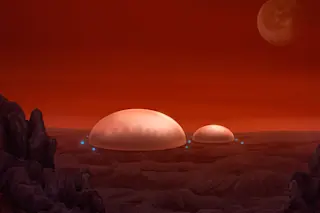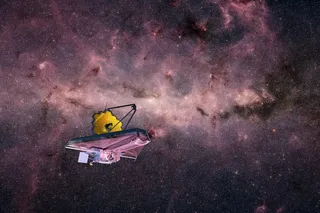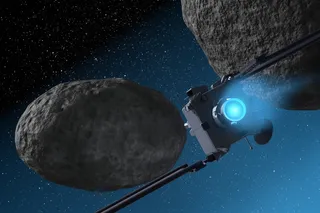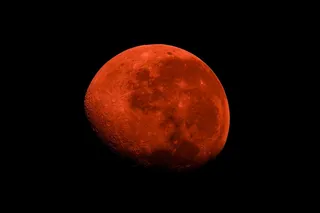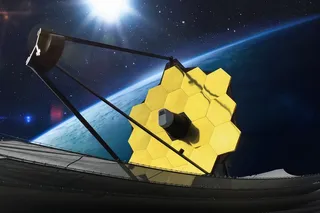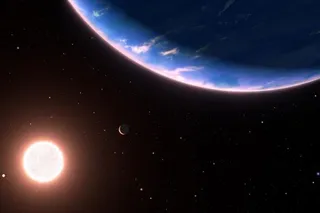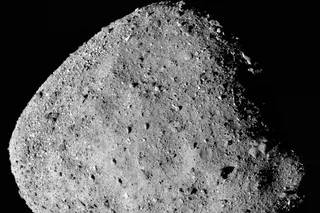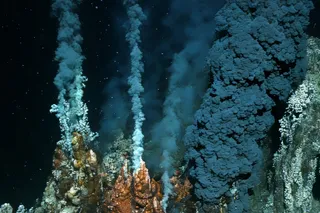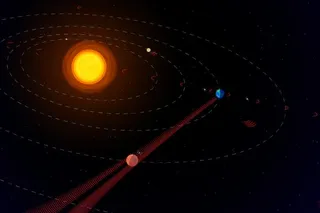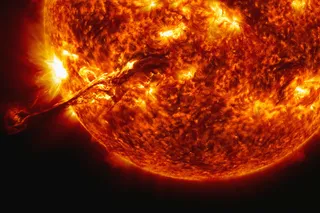The collective space vision of all the world’s countries at the moment seems to be Mars, Mars, Mars. The U.S. has two operational rovers on the planet; a NASA probe called MAVEN and an Indian Mars orbiter will both arrive in Mars orbit later this month; and European, Chinese and additional NASA missions are in the works. Meanwhile Mars One is in the process of selecting candidates for the first-ever Martian colony, and NASA’s heavy launch vehicle is being developed specifically to launch human missions into deep space, with Mars as one of the prime potential destinations.
But is the Red Planet really the best target for a human colony, or should we look somewhere else? Should we pick a world closer to Earth, namely the moon? Or a world with a surface gravity close to Earth’s, namely Venus?
To explore this issue, let’s be clear about why we’d want ...


